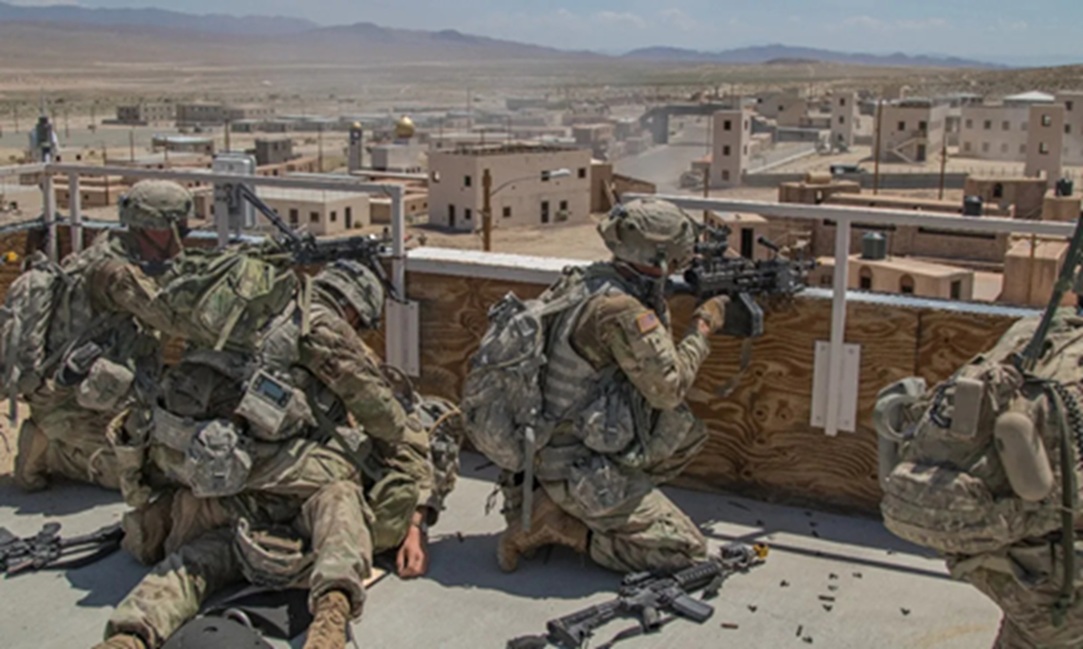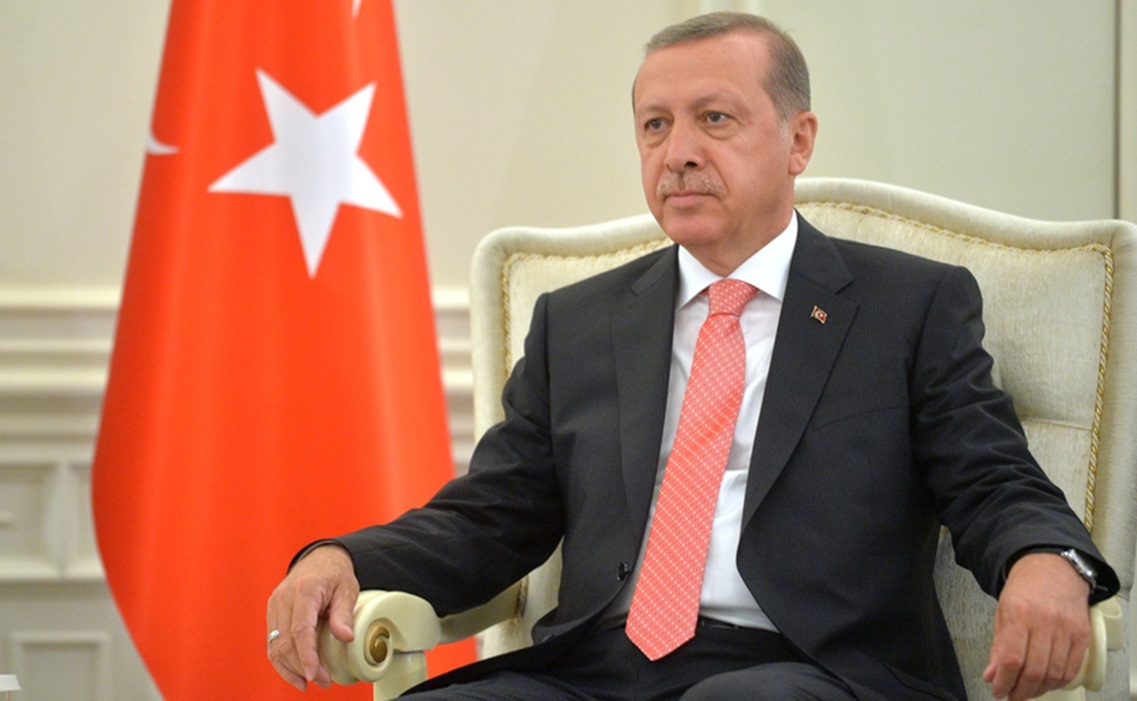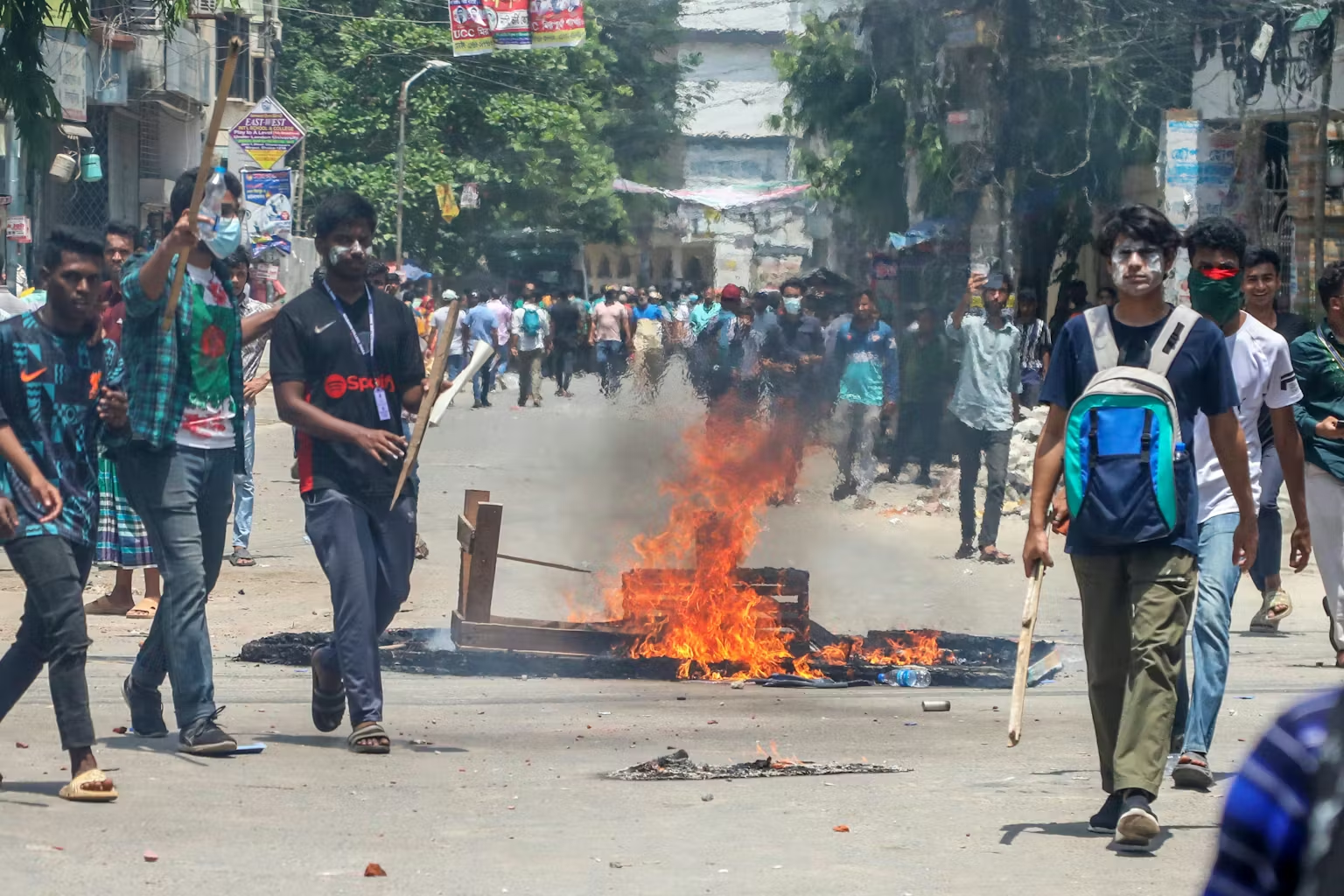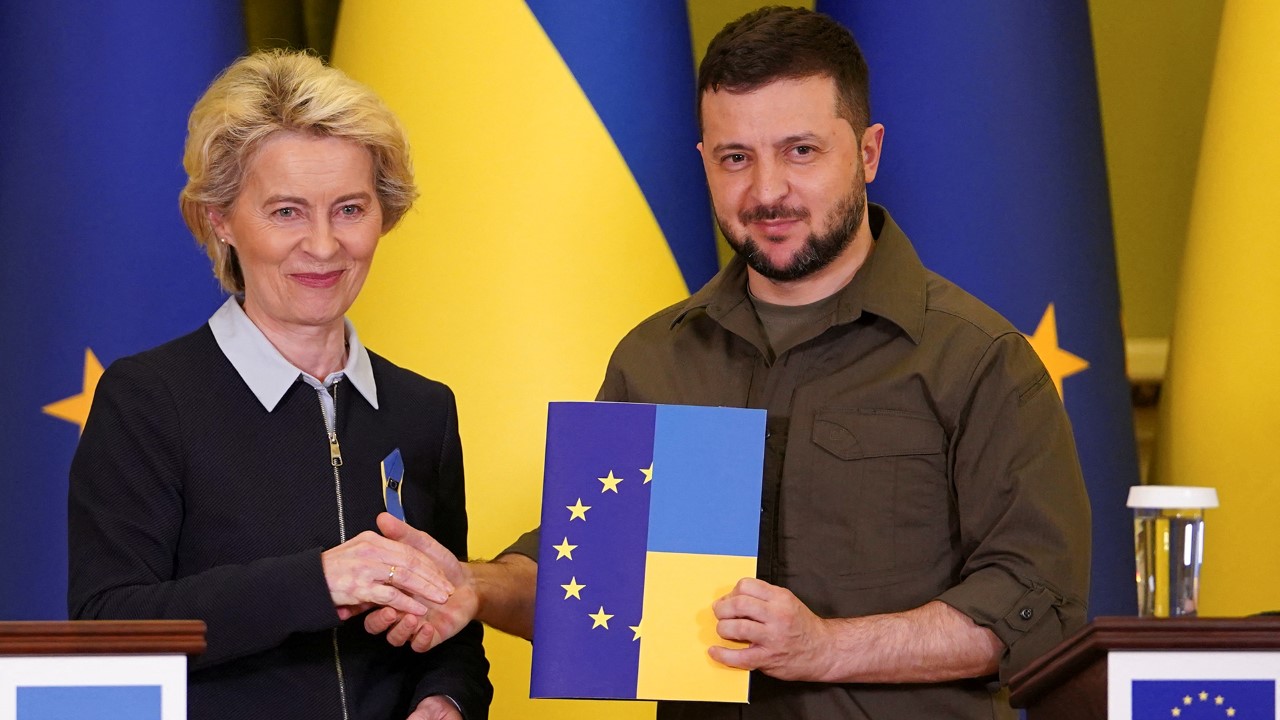Urban warfare is considered challenging due to the difficulty in distinguishing between combatants and non-combatants and the presence of civil infrastructure that can be exploited by the fighting forces.
As contemporary warfare develops, it is more and more receding from open spaces and distant frontlines into the congested centre of cities. The conflicts in Ukraine and Gaza have thrown into relief the savage, sophisticated, and frequently immoral character of urban warfare. For India—confronting both domestic insurgencies and possible external challenges in densely populated environments—the lessons of the three operational, technological, and strategic lessons from these two theatres are not theoretical. They are imminent, relevant, and pressing. Each of these wars is extremely complex from a political perspective, but they converge on one of their frontiers: cities have become targets and terrain. In Ukraine, urban centres such as Bakhmut, Mariupol, and Avdiivka have become burnt-out fortresses where victory is in terms of meters, not miles. In Gaza, Israel’s war against Hamas has turned crowded civilian areas into underground battlegrounds. In each situation, city space has been weaponised—using infrastructure, population density, and information. And in both, traditional teachings have been unsettled.
Tactics from the Rubble: What Ukraine and Gaza Reveal
Perhaps most significant is the lesson from the use of subterranean warfare. Gaza’s complex network of underground tunnels has enabled Hamas to attack, hide assets, and take blows, despite Israel’s decisive technological advantage. In Ukraine, a less comprehensive set of tunnels and underground strongpoints in salt mines and city rubble has given equivalent defensive benefits. For India, this highlights the necessity of rapidly upgrading its ability to detect, chart, and combat in underground spaces. This is particularly imperative in Jammu and Kashmir, where cross-border tunnels already enabled infiltration, and may become more influential in any future conflict.
A second revolution has been the ubiquitous employment of drones. In Ukraine and Gaza, drones are not force multipliers—they are force equalisers. Ukrainian troops have employed drones for artillery correction and target acquisition, as well as strikes against infantry and tanks. Hamas has employed loitering munitions and reconnaissance drones in closed environments with a horrific psychological effect. For India, that creates the need to rethink its drone doctrine from the top down. Urban terrain—infested with line-of-sight obstacles and civilian cover—requires decentralised deployment of drones at the platoon level, in conjunction with powerful counter-drone responses via jammers, kinetic interceptors, and AI-based sensors.
Perhaps, however, the most distinctive feature of urban warfare is the civilian aspect. In Gaza, civilian fatalities and infrastructure destruction have attracted intense international attention, not only to battlefield morale but to diplomatic latitude as well. In Ukraine, both the defenders and the attackers have struggled with fighting in territory where the presence of civilians either protects defenders or slows offensives. For Indian troops fighting in sensitive areas such as Kashmir or border territories of Assam, the message is unmistakable: precision, intelligence-based targeting, and civil-military cooperation are not merely moral necessities—they are operational requirements. Urban warfare also exposes the problems of logistics. In each war, forces have grappled with attempting to resupply troops, evacuate wounded, and keep communications open within populated places. Urban warfare wears men and equipment out more quickly than open combat ever could. Vehicles are funnelled into killing zones, GPS equipment malfunctions amidst buildings, and supply lines get knocked out constantly. For India, this translates into investment in modular logistics centres, autonomous supply chains, small-form-factor medical evacuation systems, and battlefield networking that functions even where GPS signals fail and where signal clutter prevails.
Beyond the physical is the realm of perception and information. Ukraine has demonstrated how a digitally nimble army can set the narrative, secure popular backing, and project moral legitimacy. Gaza has demonstrated how imagery and assertions—even if they cannot be verified—can convert battlefield occurrences into political crises. Every urban operation today is conducted under the surveillance of smartphones, satellites, and social media. India, facing adversaries adept at information manipulation, must institutionalise counter-narrative capacities. Psychological warfare, media management, and real-time rebuttal mechanisms should be embedded within combat formations. Urban architecture itself becomes a weapon in such conflicts. Buildings offer both cover and concealment, forcing combat into stairwells, rooftops, and tunnels. Traditional formations accustomed to open-field operations are confused. Both Ukraine and Gaza have made building-to-building warfare necessitate infantry fighting in independent squads with little support from artillery because of proximity to the civilian population. Indian troops, especially within the Rashtriya Rifles, CRPF, and Army infantry regiments, need to expedite training in close-quarter urban warfare, breaching structures, indoor drone reconnaissance, and vertical movement. Combat is not two-dimensional anymore.
Rethinking Doctrine: India’s Path Forward
These operational lessons require not only tactical but also doctrinal transformation. India’s existing warfighting doctrine, such as Cold Start and counter-insurgency guides, is predominantly manoeuvre warfare and rural theatre-oriented. Urban warfare, particularly on Gaza or Ukrainian levels, is underdeveloped in strategic thinking. There are schools dedicated to urban warfare, but they are underempowered. Simulated training cities do exist, but they will not approximate the essence of actual Indian cities with their combination of slums, high-rises, and civilian infrastructure. Military forces must normalise urban warfare as a central operational environment, not a supporting subset. Urban conflict in India will not be an entirely military phenomenon. It will necessarily involve civil administration, police, emergency responders, and political players. Experience in Ukraine and Gaza alike illustrates that where urban warfare meets governance, disorder gets amplified unless inter-agency coordination is smooth. Combined operational procedures between state police, intelligence agencies, disaster response units, and civic administrators need to be codified now, on the anvil, not during an emergency.
Urban deterrence needs to come into India’s strategic equation. To win an urban war is best not to fight one in the first place. India needs to send a clear message—through posture, readiness, and capability demonstration—that it can control urban combat space without sliding into protracted sieges or humanitarian catastrophes. This involves rolling out non-lethal technologies, positioning for rapid occupation and restoration of services, and investing in predictive intelligence that enables pre-emptive disruption of urban conflict initiators—be it insurgent cells, terror modules, or hostile sabotage.
There is also a legal and humanitarian aspect. Urban warfare will necessarily attract international attention. The behaviour of Indian forces in cities such as Srinagar or border towns will be watched by foreign governments, media, and rights agencies. This is not to induce paralysis, but it does require discipline. Legal training of commanders, swift legal advisory cells, and battlefield documentation teams can guarantee compliance without undermining combat effectiveness. India has to be perceived as both decisive and ethical in the urban battlefield.
Conclusion: Preparing Cities for Battle
Together, the Gaza and Ukraine wars portend a future where urban warfare is not the exception but the rule. For India, with its disputed borders, high population densities, and several internal fault lines, the danger of urban conflict is greater than ever before. Military preparedness must now factor in the likelihood that the next war will be waged not on barren plains, but among apartment buildings, data centres, and subway lines. To that purpose, the Indian military has to incorporate these lessons not as a response to other people’s wars, but as preparation for our own. The city, which was once thought of as a detraction from war-fighting, is now the battlefield. And in the conflict to come, India’s power will lie in how well it adapts to the war of streets, screens, and symbols—and not tanks and terrain.
Title image courtesy: Modern War Institute
Disclaimer: The views and opinions expressed by the author do not necessarily reflect the views of the Government of India and Defence Research and Studies







